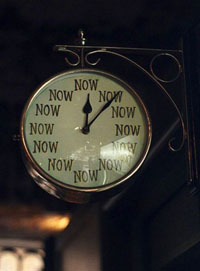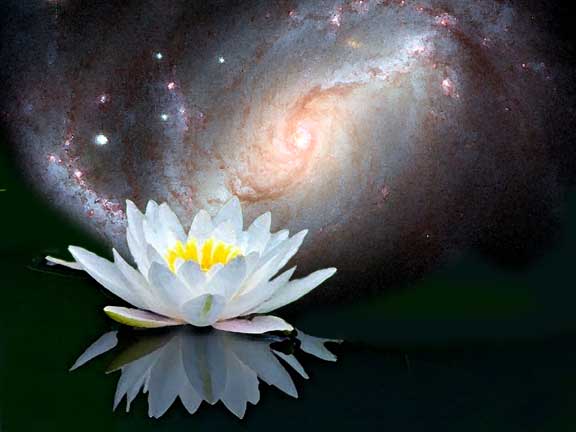Kind Promise: I will Celebrate Connections
May 1 is a high holy day for me. Ten days ago in predawn darkness, my husband helped me get my wheelchair down one hill and up another in a forested park overlooking the Mississippi River. This year, many of the trees were almost fully leafed, including the large oak in the middle of the clearing that wore a garland of flowers. One of my favorite people came rushing over to hug us. Many of the 200 or so people who gathered there wished us “Happy May.” Folks dragged withered Christmas trees to a pile and lit them. Just before sunrise, an accordion sounded the long notes that, as Terry Pratchett would say, indicate that Morris Dancing is about to be perpetrated.
Morris dancing groups (sides) performed together and for each other. We sang traditional songsand then departed, moving back into our lives and modernity. We had connected with the earth, with each other, with our ancestors and with the Holy. It was a perfect way to begin a month I intend to fill with celebrating such connections.
Through nature and nurture I find myself an introvert who believes my individuality doesn’t exist. While I spend loads of time “alone” enjoying solitary pursuits, I believe that we – humans, creatures, the earth and the universe – are one glorious holy entity. When I think of myself as separate from you, I diminish us both.
The Dalai Lama, I have read, greets everyone “as though finally reuniting with a dear and long-lost special friend.” What a great attitude with which to move further into my connectedness month!







